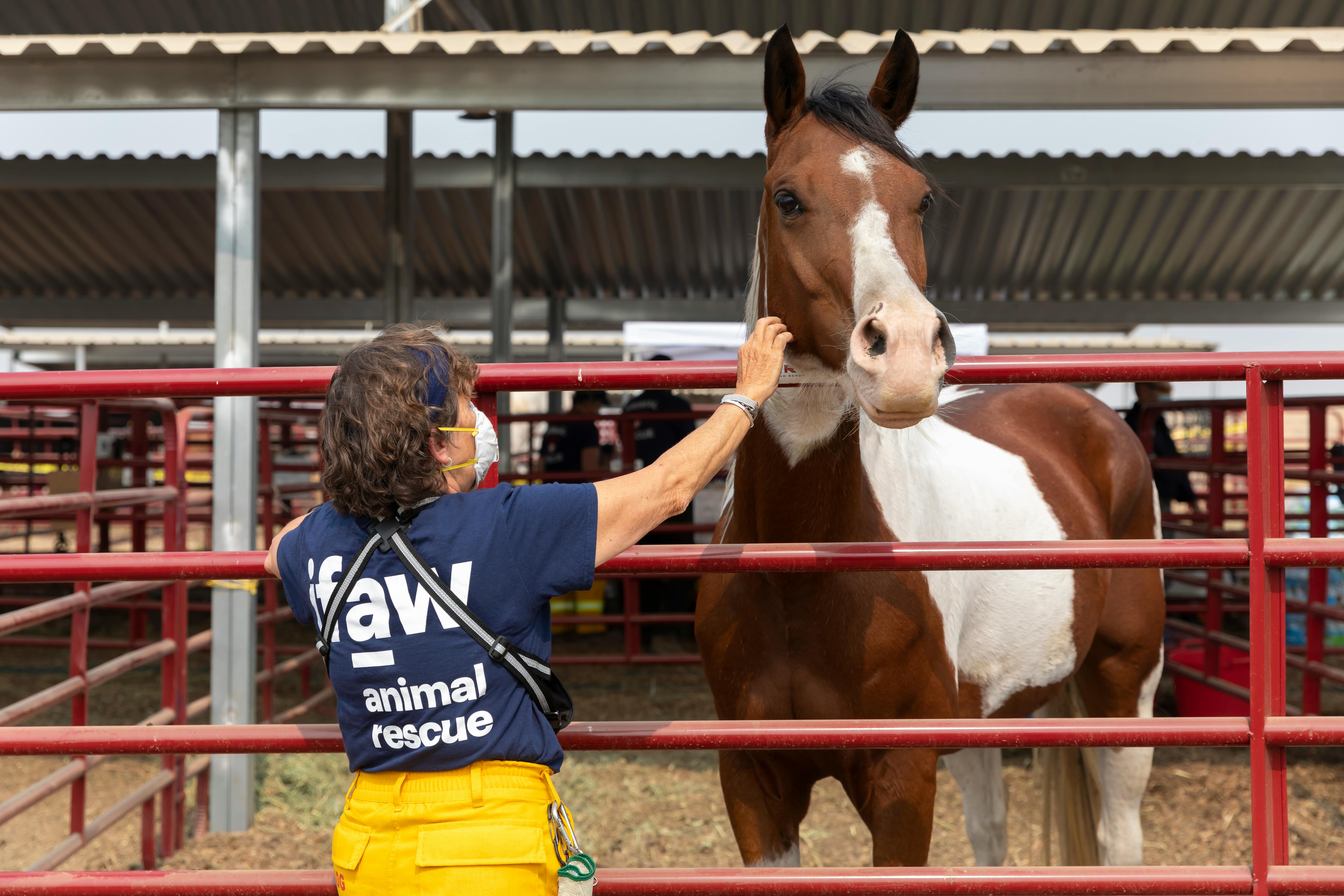Caring for turtles and other reptiles is not the same as caring for traditional pets such as cats or dogs, etc. Domesticated cats, dogs, and other pets require much more commitment and cost, although tortoise care costs can be high depending on the size and number of tortoises you get.
Because a turtle is a swimming reptile (since it spends its time between land and water), it has specific needs and will require special care. Unfortunately many tortoises that are kept in captivity die, because they are not given the correct care and attention that this cute little creature needs.
You should not be intimidated by what is involved in caring for turtles. Provided they are given the right love and care, such as diet, habitat, and health, they can live for many, many years.
Getting the right home for your turtle!
Probably the most important aspect of caring for turtles is their habitat. Any habitat created for tortoises should resemble their natural environment as much as possible, so be sure to do your research carefully.
The first thing you should do is identify the species. Different species of turtles require different habitats. Box turtles, which are the most commonly kept turtles, live only on land and should never be allowed in the water as they can be easily attracted. Whereas red-eared slider turtles live both on land and in water and on the contrary, they must have a place where they can stay moist and be able to swim.
Most people associate tortoises as slow-moving creatures that don’t require much space to live in, but don’t be fooled, most tortoises are very active and require spacious quarters. For example, a 12″ long adult red eared slider needs at least a 55 gallon water tank.
The tortoise enclosure should also include a dry area where the tortoise can bask in the sun, as well as a protected hiding place where it can go when it gets anxious, which will probably happen a lot when you first bring your pet home. If you have a burrowing tortoise, you will need to have brush, leaves, and straw inside the enclosure where the tortoise will happily make its home. Don’t use bark or chipped wood as the tortoise could eat this and get sick.
What do I feed a turtle?
Turtles are what is known as omnivores, which means that they eat both vegetation and meat as part of their basic diet. In order for them to grow and develop a strong shell, they will need a diet rich in calcium and vitamin D3.
The types of food a turtle will eat include:
-Fish
– Pre-killed mice
– Insects including snails, earthworms and bugs which are rich in calcium.
– Vegetables rich in calcium and vitamin D3 include blackberries, dandelions, carrots and turnip greens.
When caring for a turtle’s feeding requirements, you’ll also need to consider how much food to provide. As a general rule, a turtle’s stomach is only the size of its head, so any meal should consist of the amount of food needed to fill the reptiles stomach.
Feeding frequency depends on the species, but typically young tortoises will need to be fed every day with enough food just to fill their stomachs and ideally you would continue this into adulthood, however it is not uncommon to feed tortoises adults with a larger meal. every 2 – 3 days.
5 more tips for caring for turtles
Here are some other helpful tips to follow when caring for turtles.
Tip #1 – Make sure your turtle has enough space to live and move around.
Tip #2 – It will also have lights and shadows and a lamp for sunbathing.
Tip #3 – If you use tap water for the bathroom area, wait at least 24 hours to eliminate the chlorine. Only use spring water for drinking.
Tip #4 – Keep your pet tortoise away from small children and other pets as it can easily become stressed.
Tip #5 – Caring for turtles involves good hygiene and to prevent the spread of salmonella and other harmful bacteria, be sure to wash your hands before and after handling your turtle.


